The ladybird is an insect that belongs to the Coccinellidae family. There are about 5000 species and ladybirds are widespread throughout the world. The best known species is the ladybird beetle which has seven black spots, but there are ladybird beetles with 10 yellow spots that are also quite common. The Adalia bipunctata can be either red with two black spots or black with 2 red spots. Depending on the species , sizes range from 1 to 10 mm. Like all insects , Ladybirds have six legs. The head has two antennas and is retractable. The abdomen is ovoid in shape and is covered by two elytra . The elytra are bright and colorful calcified wings that are not used for flying but as a kind of armor under which the wings themselves are folded. The ladybird feeds on other insects , especially aphids, and is able to eat up to 100 in a day.
The ladybird is also prey for other creatures such as birds , spiders and lizards. To defend itself, it releases a yellowish poisonous liquid. Its bright colors are also a weapon of self-defense: predators will recognise the ladybird easily and thinking it is poisonous, will avoid eating it. With the arrival of autumn, ladybirds prepare for the winter by taking shelter in the bark of trees or under dry leaves that have fallen on the ground. The re-emerge in the spring for the mating season. The females lay up to 50 eggs which hatch in about 4 to 5 days. The larvae are very voracious and shed their skin various times, until after a few weeks they reach their adult age. The ladybird has always been considered a bearer of good fortune. This superstition is probably based on the fact that ladybirds feed on smaller insects that can damage crops and therefore prove helpful to farmers. Their red color and 7 “lucky” spots have contributed to making them a symbol of good luck.
The ladybird is also prey for other creatures such as birds , spiders and lizards. To defend itself, it releases a yellowish poisonous liquid. Its bright colors are also a weapon of self-defense: predators will recognise the ladybird easily and thinking it is poisonous, will avoid eating it. With the arrival of autumn, ladybirds prepare for the winter by taking shelter in the bark of trees or under dry leaves that have fallen on the ground. The re-emerge in the spring for the mating season. The females lay up to 50 eggs which hatch in about 4 to 5 days. The larvae are very voracious and shed their skin various times, until after a few weeks they reach their adult age. The ladybird has always been considered a bearer of good fortune. This superstition is probably based on the fact that ladybirds feed on smaller insects that can damage crops and therefore prove helpful to farmers. Their red color and 7 “lucky” spots have contributed to making them a symbol of good luck.
RELATED


THE CIRCULATORY SYSTEM
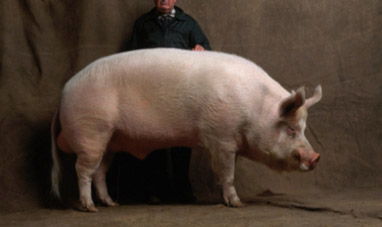

PIG


WHEAT
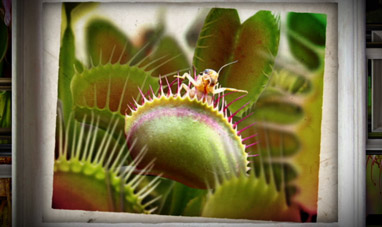

CARNIVOROUS PLANTS
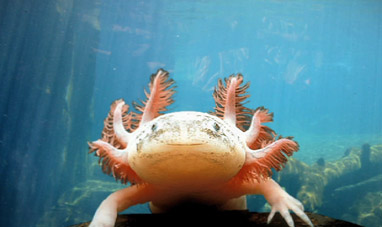

AXOLOTL


QUASARS


CHEMICAL BONDS


BIG DATA
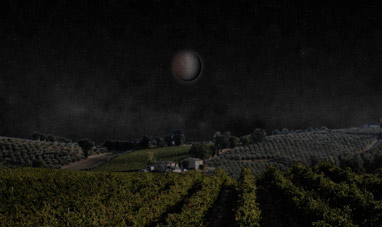

LUNAR ECLIPSES


BEAR
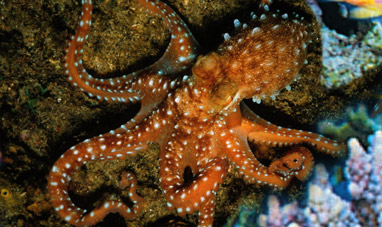

THE OCTOPUS


EOLIC
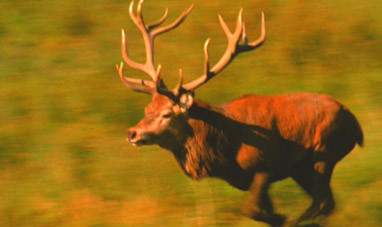

DEER
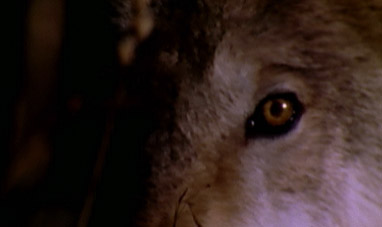

WOLF
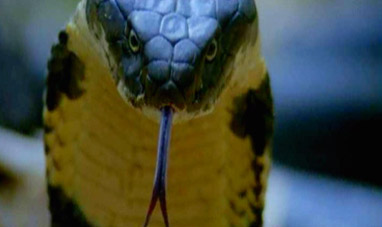

COBRA


TWITTER
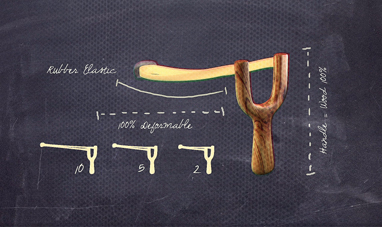

NATURAL RUBBERS
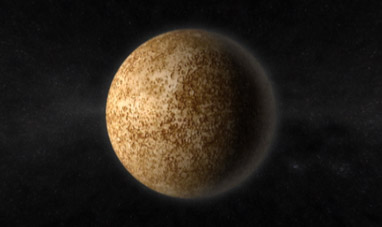

MERCURY
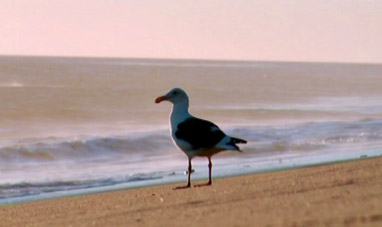

GULL


NOVAE


GOOGLE


HYBRID VEHICLE
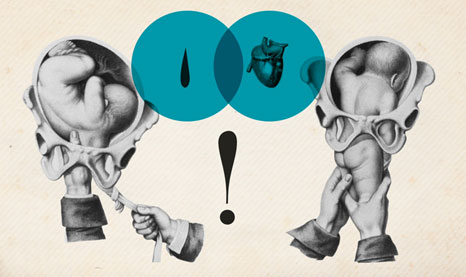

CHILDBIRTH


STARFISH


THE MOON


THE HEISENBERG PRINCIPLE


TUNA


HAIR


CLOUD COMPUTING


AMAZON


ERIS


FACEBOOK


GECKO


EBAY


THE LIVER


THE SOLAR SYSTEM
